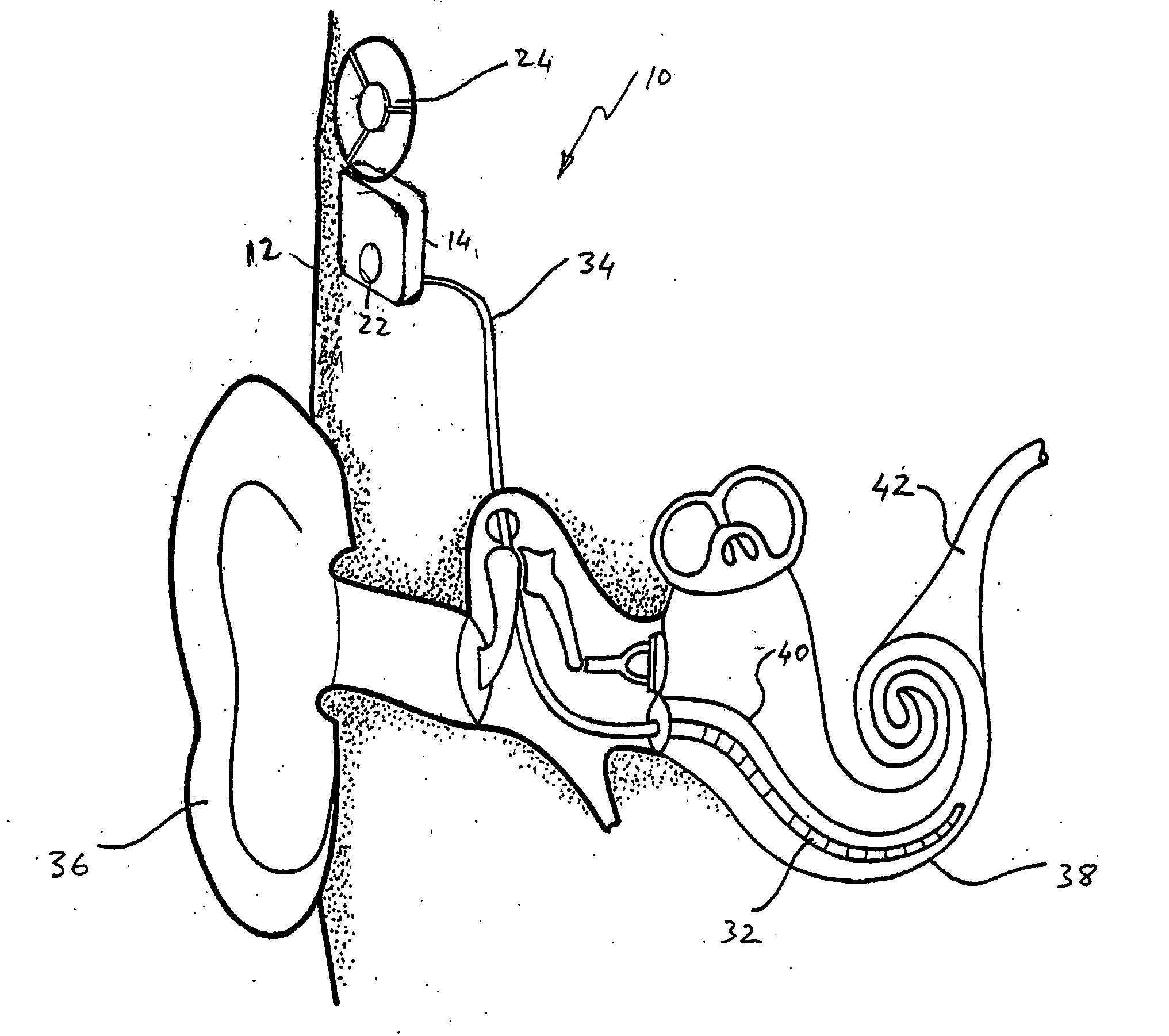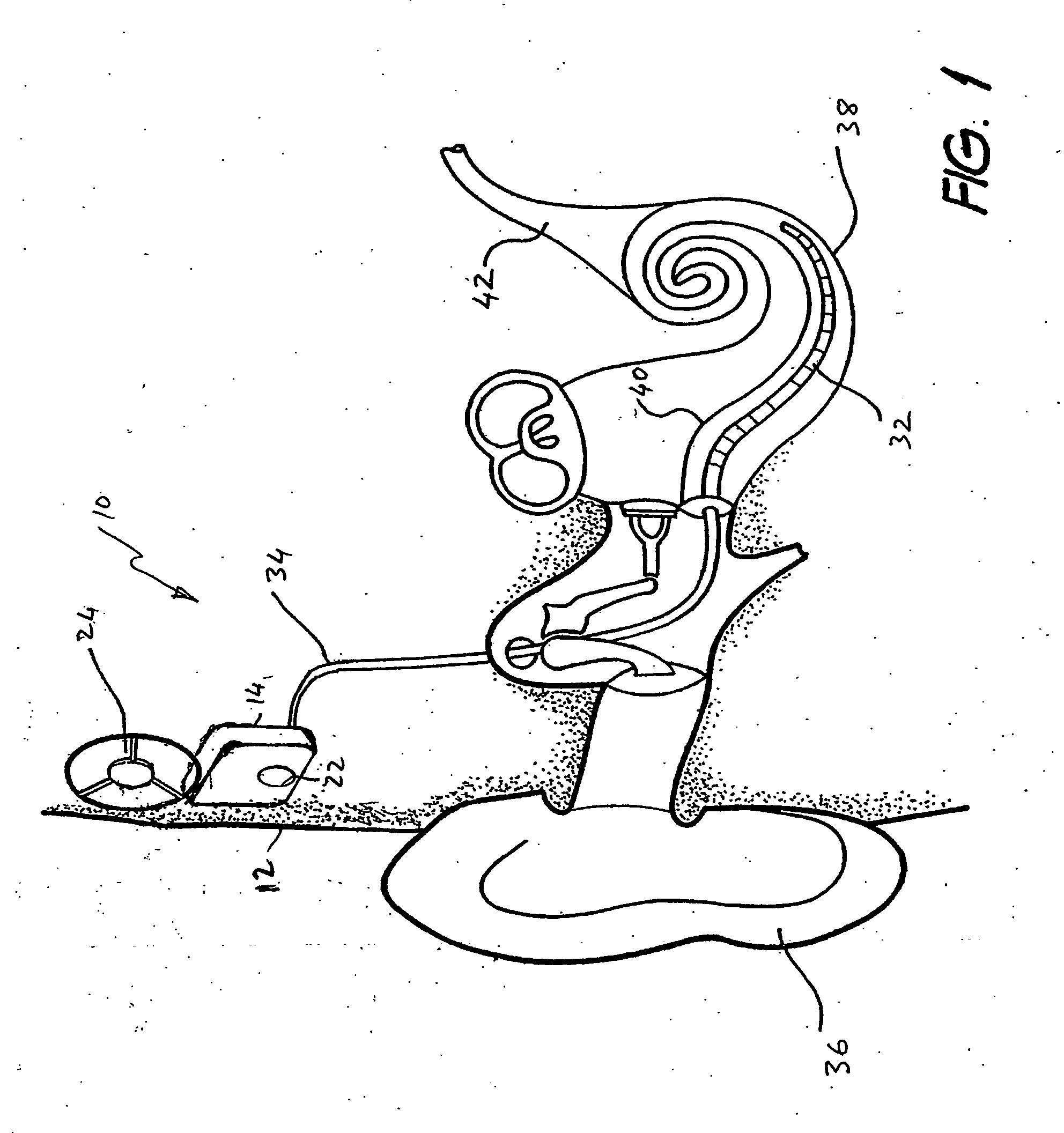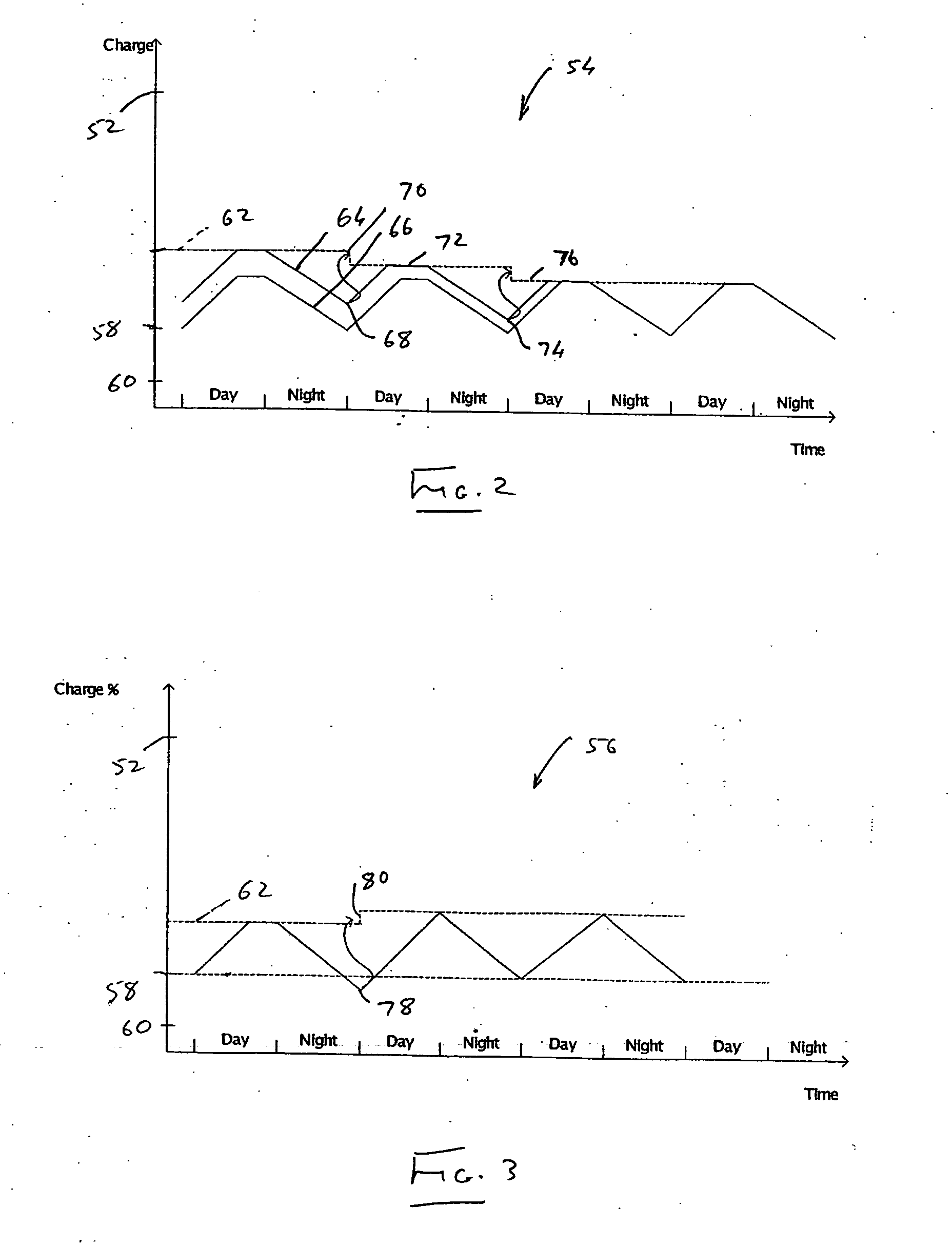Battery life optimiser
- Summary
- Abstract
- Description
- Claims
- Application Information
AI Technical Summary
Benefits of technology
Problems solved by technology
Method used
Image
Examples
first embodiment
[0061] In accordance with the invention, the charging of the battery is controlled so that the battery is charged to a level below a maximum charge level 52 (see FIGS. 2 and 3 of the drawings).
[0062] In addition, a first battery charge related characteristic, referred to as a “safety margin” is selected. The safety margin, designated at 58 in FIGS. 2 to 4 of the drawings, is a charge level greater than a minimum battery charge level 60. The minimum battery charge level is a level below which the battery 60 will not function.
[0063] A second battery charge related characteristic is also selected. In the case of the first embodiment of the invention, the second battery charge related characteristic is a preset charge level 62.
[0064] In the drawings, it is assumed that the person uses the external speech processor (not shown) for approximately 12 hours per day and runs the implant 10 on its internal battery 16 for the remaining 12 hours of the day. When the external speech processor i...
second embodiment
[0068] Referring now to FIG. 4 of the drawings, a further curve 82 of the invention for controlling charging of a battery of the implant 10 is illustrated. With reference to FIGS. 2 and 3 of the drawings, like reference numerals refer to like parts, unless otherwise specified.
[0069] In this embodiment of the invention, rather than adjusting the degree of charge of the battery 16, the rate of charge of the battery 16 is adjusted. Regardless of the embodiment of the invention, the charging of the battery takes place such that the battery is not charged to its maximum level 52.
[0070] During the day, when the external speech processor is applied, the battery 16, should it require charging, is charged at a predetermined rate as shown at 84. The rate at which the battery 16 is charged is dependent on where the charge level of the battery 16 was at the time of commencement of charging of the battery 16 at the start of a charging cycle. If the charge level of the battery 16 was below the s...
PUM
 Login to View More
Login to View More Abstract
Description
Claims
Application Information
 Login to View More
Login to View More - R&D
- Intellectual Property
- Life Sciences
- Materials
- Tech Scout
- Unparalleled Data Quality
- Higher Quality Content
- 60% Fewer Hallucinations
Browse by: Latest US Patents, China's latest patents, Technical Efficacy Thesaurus, Application Domain, Technology Topic, Popular Technical Reports.
© 2025 PatSnap. All rights reserved.Legal|Privacy policy|Modern Slavery Act Transparency Statement|Sitemap|About US| Contact US: help@patsnap.com



